
The cinema of Australia began with the 1906 production of The Story of the Kelly Gang, arguably the world's first feature film. Since then, Australian crews have produced many films, a number of which have received international recognition. Many actors and filmmakers with international reputations started their careers in Australian films, and many of these have established lucrative careers in larger film-producing centres such as the United States.

Saw is a 2004 American horror film directed by James Wan in his feature directorial debut, and written by Leigh Whannell, from a story by Wan and Whannell. It is the first installment in the Saw film series, and stars Whannell alongside Cary Elwes, Danny Glover, Monica Potter, Michael Emerson, and Ken Leung.

Leigh Whannell is an Australian filmmaker and actor. He has written multiple films that were directed by his friend James Wan, including Saw (2004), Dead Silence (2007), Insidious (2010), and Insidious: Chapter 2 (2013). Whannell made his directorial debut with Insidious: Chapter 3 (2015), and has since directed two more films, Upgrade (2018) and The Invisible Man (2020).

James Wan is an Australian filmmaker. He has primarily worked in the horror genre as the co-creator of the Saw and Insidious franchises and the creator of The Conjuring Universe. The lattermost is the highest-grossing horror franchise at over $2 billion. Wan is also the founder of film and television production company Atomic Monster.
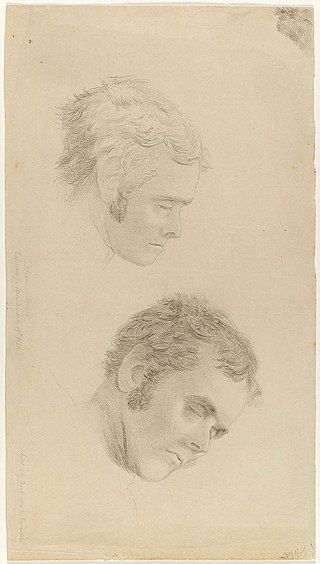
Alexander Pearce was an Irish convict who was transported to the penal colony in Van Diemen's Land, Australia for seven years for theft. He escaped from prison several times, allegedly becoming a cannibal during two of the escapes. He was eventually captured and was hanged in Hobart for murder, before being dissected.
Bitter & Twisted is a 2008 drama film written, directed by and starring Christopher Weekes. It premiered at the Tribeca Film Festival in 2008 and has since screened at over eleven international and Australian festivals and been critically well received.

Wrong Turn 2: Dead End is a 2007 slasher film directed by Joe Lynch and starring Erica Leerhsen, Henry Rollins and Texas Battle. An international co-production between the United States and Canada, it is a sequel to Wrong Turn (2003) and the second installment in the Wrong Turn film series. The film received a positive response from critics and remains the best-reviewed film in the franchise. It grossed $9.2 million in home video sales.

Extreme cinema is a subgenre used for films distinguished by its use of excessive sex and violence, and depiction of extreme acts such as mutilation and torture. The rising popularity of Asian films in the 21st century has contributed to the growth of extreme cinema, although extreme cinema is still considered to be a horror film-based genre. Being a relatively recent genre, extreme cinema is controversial and widely unaccepted by the mainstream media. Extreme cinema films target a specific and small audience group.

After Dark Horrorfest was an annual horror film festival featuring eight independent horror movies, sometimes with "secret" bonus films, all distributed by After Dark Films in the USA. The first HorrorFest was held in 2006.

Tasmanian Gothic is a genre of Tasmanian literature that merges traditions of Gothic fiction with the history and natural features of Tasmania, an island state south of the main Australian continent. Tasmanian Gothic has inspired works in other artistic media, including theatre and film.

The Last Confession of Alexander Pearce is a 2008 Australian-Irish film directed by Michael James Rowland starring Irish actors Adrian Dunbar as Philip Conolly and Ciarán McMenamin as bushranger Alexander Pearce and an ensemble Australian cast, including Dan Wyllie, Don Hany and Chris Haywood. The film was shot on location in Tasmania and Sydney between April and May 2008.
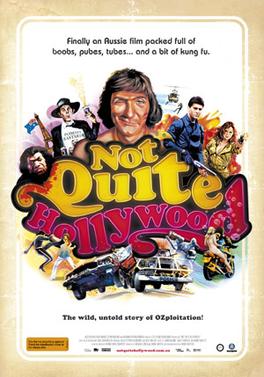
Not Quite Hollywood: The Wild, Untold Story of Ozploitation! is a 2008 documentary film about the Australian New Wave of 1970s and 1980s low-budget cinema. The film was written and directed by Mark Hartley, who interviewed over eighty Australian, American and British actors, directors, screenwriters and producers, including Quentin Tarantino, Brian Trenchard-Smith, Jamie Lee Curtis, Dennis Hopper, George Lazenby, George Miller, Barry Humphries, Stacy Keach, John Seale and Roger Ward.

Accidents Happen is a 2009 Australian coming-of-age comedy drama film directed by Andrew Lancaster and starring Geena Davis, Harrison Gilbertson, Harry Cook, Sebastian Gregory, Joel Tobeck, and Sarah Woods. Written by Brian Carbee, based on his own childhood and adolescence, the story revolves around an accident-prone teenage boy and his family. The film was shot in Sydney, New South Wales, over June – July 2008, and opened in Australia on 22 April 2010.
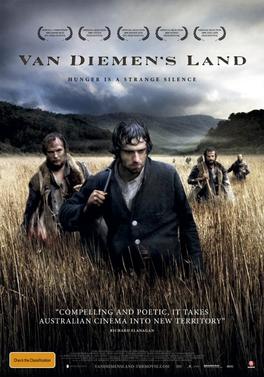
Van Diemen's Land is a 2009 Australian thriller set in 1822 in colonial Tasmania. It follows the story of the infamous Irish convict, Alexander Pearce, played by Oscar Redding and his escape with seven other convicts. The voice-over and some of the dialogue is in Irish.

Long Weekend is an Australian psychological thriller film shot in 1977 and first shown in 1978. The film was directed by Colin Eggleston and stars John Hargreaves and Briony Behets.
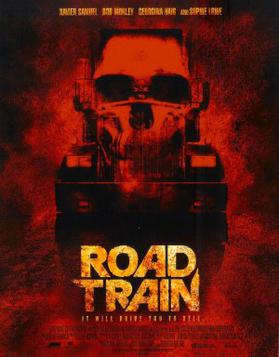
Road Kill, known as Road Train in Australia, is a 2010 Australian horror film directed by Dean Francis and written by Clive Hopkins. It stars Xavier Samuel, Bobby Morley, Georgina Haig and Sophie Lowe.

Hollow is a 2011 British found footage horror film, directed by Michael Axelgaard, starring Emily Plumtree, Sam Stockman, Jessica Ellerby, and Matt Stokoe. The film was distributed by Tribeca Film via nationwide On Demand outlets. Hollow premiered at Fantasia Festival. The film also screened at the Raindance Film Festival and was nominated for British Independent Film Award.

Insidious is an American horror franchise created by Leigh Whannell and James Wan that has been produced by Blumhouse in association with Sony’s Stage 6 Films since 2010. The films in the franchise include Insidious (2010), Chapter 2 (2013), Chapter 3 (2015), The Last Key (2018), and The Red Door (2023). The films have grossed over $731 million worldwide on a combined budget of $42.5 million.
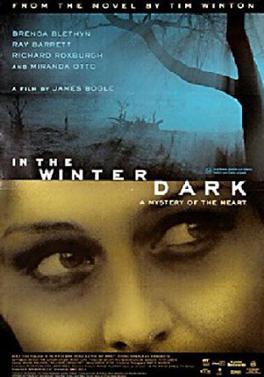
In the Winter Dark is a 1998 Australian feature film adaptation of the 1988 novel by Tim Winton, which was released by Goalpost Pictures on 10 September 1998. It starred Brenda Blethyn, Ray Barrett, Richard Roxburgh and Miranda Otto and was directed by James Bogle.

Three Summers is an Australian romantic comedy film, written and directed by Ben Elton.



















